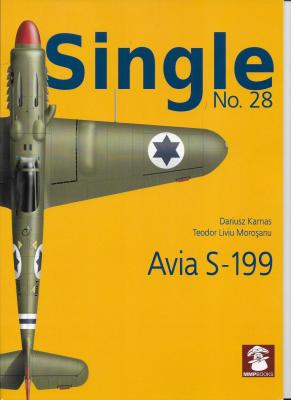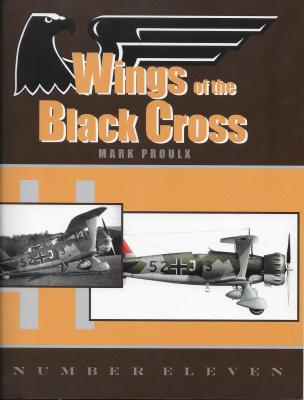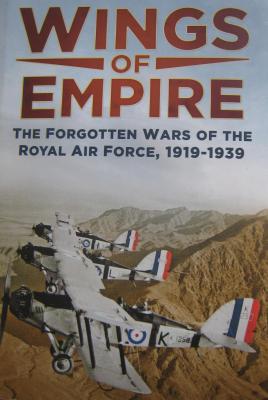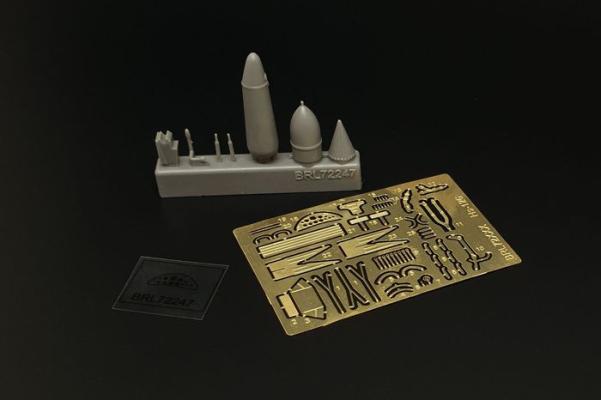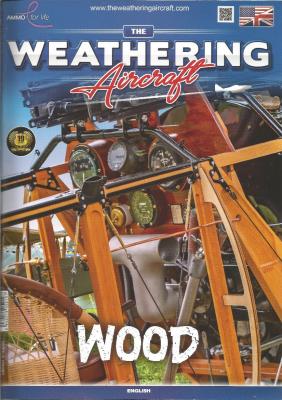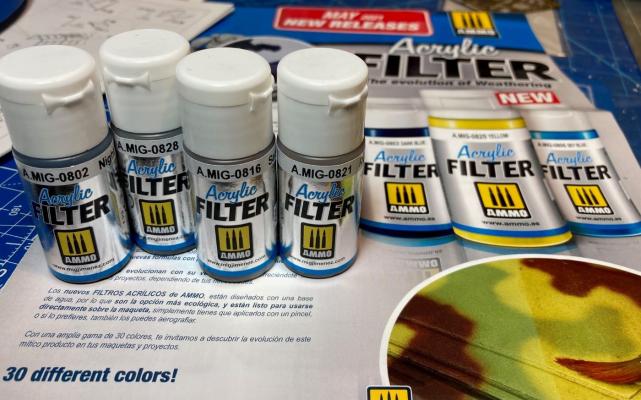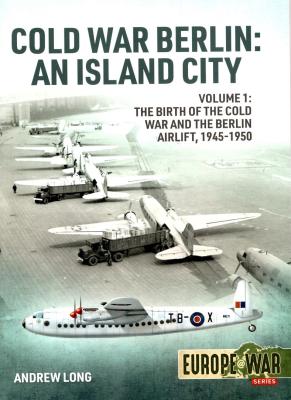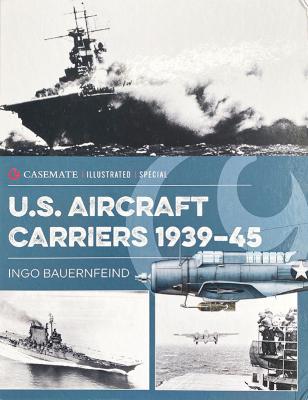This volume in MMP’s “Single” series covers the Avia S-199, and with the impending release of Eduard’s 1/48 kit (announced, but I have no idea of when), the timing of this publication is perfect. The idea behind this series of books (more like booklets) seems to be to get right to the point and show scale plan views, photos, profiles, etc.
Reviews
This volume, #11, like all others in the series consists of pages and pages of clear photos, printed nicely on semi-gloss paper between laminated stiff covers. Eagle Editions consistently puts out first-rate publications.
Most photos in the Wings of the Black Cross series are previously unpublished, and this issue carries on that tradition. The entire booklet is chock full, starting with the cover (photos are identified on the inside of the cover). Also, in keeping with the tradition of ever-evolving information, errata regarding previous volumes are also printed on the inside cover.
Historical Background
At the end of World War I, the British Empire had to expand to take over some of the territories in the Middle East and Africa, most of which had been under the control of the Turkish Ottoman Empire. Turkey had sided with the Central Powers, and the British took the regions almost by default. The big question, in both the Middle East and Africa, was how to control these areas economically. The British government assumed that they could control these diverse groups, mostly on a tribal level, using standard cavalry and infantry units operating in a police role, but they discovered that this was much more expensive than they had imagined. The areas in question, some of which are still problems today (Afghanistan, for example), were dominated by small Islamic tribes, who had no idea of how western civilization could help them move into the modern world.
Aircraft and History
The B-52 is probably one of the most iconic aircraft of all times and the longest serving aircraft in the US Air Force inventory. Designed to carry nuclear weapons during the cold war as a nuclear deterrent, the capabilities have changed since it took to the skies. The first flight of a B-52 was in April 1952 which the cockpit on the first two aircraft was a tandem arrangement similar to the B-47. That design was changed to a conventional side by side seating arrangement on all production aircraft. The first B-52H made its maiden flight in July 1960 and the final B-52H manufactured in October 1962 ending after an eight year production run. The most obvious difference on the B-52H is use of turbofan engines (TF-33) instead of the J-57 turbojet. Upgrades continue to bring new life to the airframe and capabilities but the youngest airframe is 59 years old at the time of this review.
The Product
This product consists of a small metal photo-etch stamping which includes detail parts for a 1/72 scale model of a Henschel HS-126, along with some resin parts, including a bomb, smoke generator, and a few other components for the cockpit interior. When I requested this item for review, I assumed that it was the new Brengun 1/72 scale model of the HS-126, but it actually turned out to be only the accessory parts, but that’s OK. No problems. Since there are already three 1/72 scale kits of the HS-126, by Airfix, Italeri, and Matchbox, and I had already built all three, I decided to build the Airfix offering, and painted it in Spanish Civil War markings, as I already had several in the usual German Luftwaffe paint schemes.
This is volume five in the special series. Warpaint books are well known to the modeler and historian alike and this book follows the same pattern as others in the series. The book is divided into 15 different chapters. Beginning with design and a look under the skin the first two chapters cover the development of the Mustang from prototype to P-51H as well as a look at structure and various difference between the models such as engine, armament, and other components.
The next nine chapters cover the Mustang in WWII, from its beginnings with the RAF and its use in North Africa through all major Army Air Force use. The US Air forces covered are the 8th (longest chapter at 16 pages. Followed by the 12th,15th,7th,5th,10th, and 14th in that order. Each AF chapter gives and overview of the AF and its fighter squadrons and their combat deployments and uses.
Viewing the products and publications shown at the link provided below will be an aide to those reading this review.
https://www.migjimenez.com/en/308-the-weathering-aircraft
There are at least 50 publications listed. Some of the publications are available in various languages, the six publications below are in English. This website is a source for some of the AMMO products mentioned in the publications and well as the publications themselves.
This is a review of four of the new Acrylic Filters from AMMO by MIG Jimenez.
- A.MIG-0802 Night Black 15ml
- A.MIG-0816 Sand 15ml
- A.MIG-0821 Sand Grey 15ml
- A.MIG-0828 Rust 15ml
These filters are produced using a innovative formulation, the Acrylic Filters can be reworked or eliminated simply and easily with water during the extended dry time, each filter will dry completely in 24 hours. The filters can also be applied by airbrush. The range consists of 30 colors currently. The filters can even be mixed with each another or tinted with other AMMO acrylics. The acrylic filters can be diluted and cleaned with water.
I used all the filters on some finished and in-build kits and the effects and application were awesome. The effect once applied is subtle and is very easy to use. I can see me getting a lot more of these.
About the Author
Andrew Long, from Great Britain, is a military history researcher and author. His fascination with the Cold War began with a trip to West Berlin in 1986, travelling through Checkpoint Charlie to visit the East. Andrew’s writing comes from a desire to make sense of an extremely complex period in modern history, weaving together inter-relating stories involving politics, ideologies, personalities, technological advances, and geography. There is still much to be told on this fascinating subject. After a successful career in marketing, Andrew relocated to Cornwall and took up writing full time. He is also the author of Cold War Berlin: An Island City Volume 2 1950 – 1961.
From the Publisher
A comprehensive account of the development of American aircraft carriers up to and during World War II.
This extensively illustrated volume tells the dramatic yet successful story of US aircraft carriers in World War II by class, ranging from early pre-war designs to escort carriers built from destroyer hulls, to the gigantic fleet carriers serving as the predecessors of modern-day super carriers.
Besides covering the famous great carrier battles in the Pacific, this book also tells of the equally important actions of US flat tops hunting and destroying German U-boats in the Atlantic, making an enormous contribution to the elimination of the U-boat dangers and the safe arrival of transatlantic supplies, so desperately needed for the launch of D-Day.

